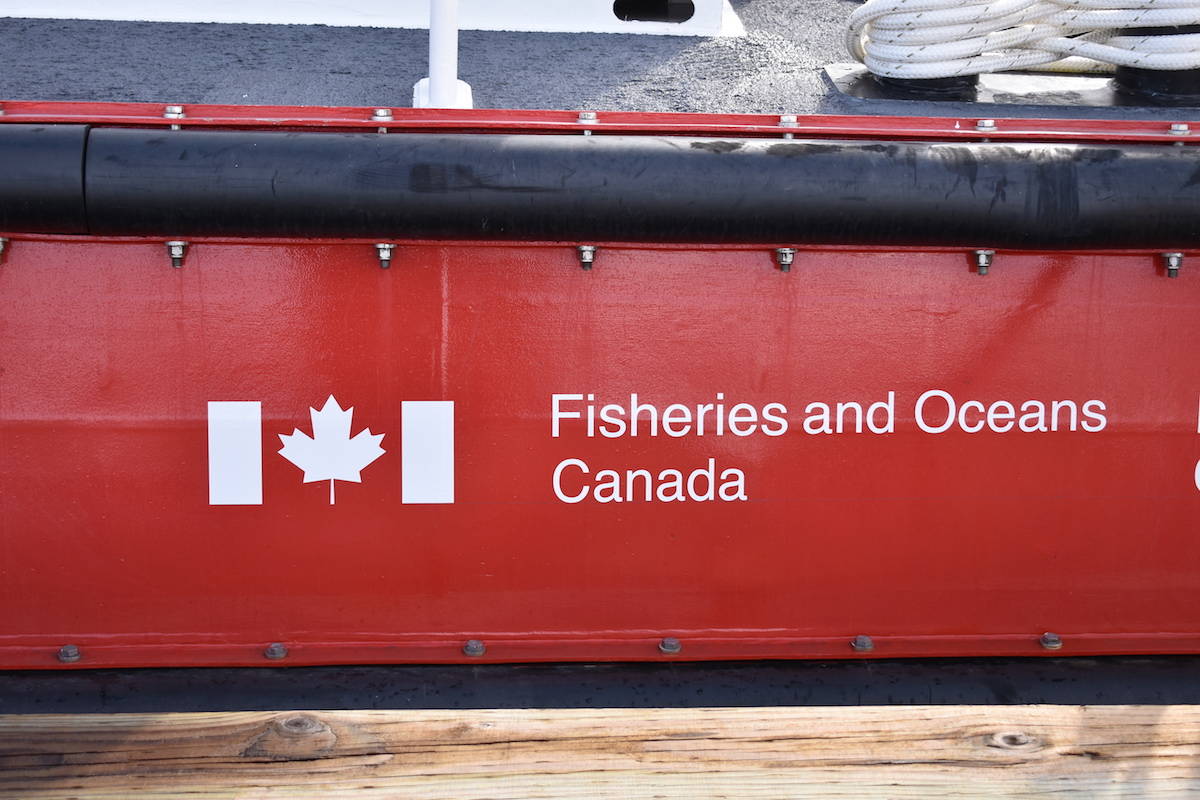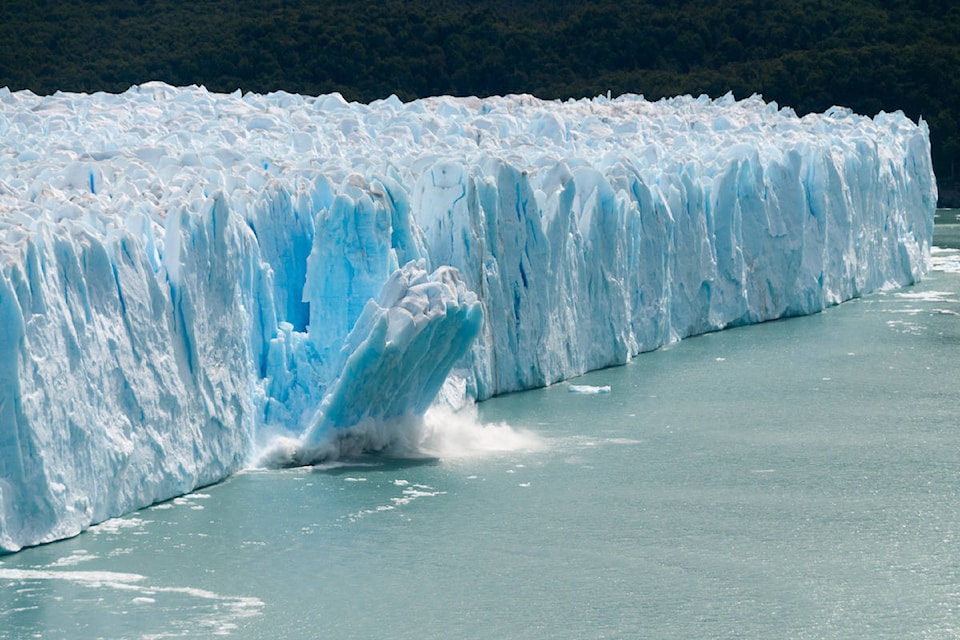As any middle–schooler knows from science class, the scientific consensus is that climate change is happening and without intervention will likely get worse.
Many B.C. students, and some of their teachers, feel so strongly about the issue they are preparing unprecedented strike action on Friday.
With the latest UN report predicting the death of all coral reefs, 15–37 per cent of all species’ extinction and climate poverty hitting hundreds of millions of people, just how much the environment is likely to change is the urgent focus of scientists around the globe. The Institute of Ocean Sciences (IOS), based near Sidney and part of Fisheries and Oceans Canada (DFO), has been tracking changes in the seas.
Jon Chamberlain, acting manager of the Ocean Sciences Division at IOS, explains that his organization produces world-class, hyper-accurate science. He won’t comment on how their findings should be interpreted by politicians, but is happy to talk facts.
“There are changes that are being seen, that is without doubt. We’re perhaps seeing the signals faster in the arctic, but if you look around the [B.C.] coastline you will find them.” he says.
From an oceanic perspective, “The two evil twins of climate change are temperature and ocean acidification.”
With an abundance of CO2 in the earth’s atmosphere, some inevitably enters the ocean. When it does, it reacts with the water, dissolves and changes the PH level, making the water more acidic.
The IOS uses a combination of scientific studies, researchers in the field, super computer data and some of the brightest programmers in Canada, to create finely calibrated computer models that simulate how the earth is likely to change.
“We’re expecting the North Pacific to become fresher [less salty] and warmer. With an increased temperature, freshwater run–off and snow melt from glaciers will increase,” says Chamberlain.
With stronger sunshine and increased nutrients, ocean plants and phytoplankton are likely to proliferate rapidly. If they abound, oxygen levels will drop in seas that are turning increasingly acidic. The warmer, oxygen–poor oceans will present an immediate existential threat to many animals.
ALSO READ: 1858 Naval maps combined with satellite data helps researchers map kelp bed health
“By creating accurate models we can see what the future environment is really likely to look like. We’re now trying to overlay: ‘What does this mean for other species further up the food web?’” says Chamberlain before adding, “Running these models to see what conditions are like in 30, 50, 100 years gives us an indication of which species are likely to do well and which ones aren’t.”
Political critics of climate change say that the world’s climate is cyclical and climate change doesn’t exist.
Andrew Farris, previous lead researcher at EnergyBC, with UVic’s School of Earth and Ocean Sciences, is frustrated scientists’ findings aren’t being treated more urgently by some politicians.
“Kids are having their future stolen and being condescended to. It’s a disgrace. Opponents just don’t want to adjust their lifestyles, but the longer we wait the more painful it will become.”
nick.murray@peninsulanewsreview.com
Like us on Facebook and follow us on Twitter
nick.murray@peninsulanewsreview.com

